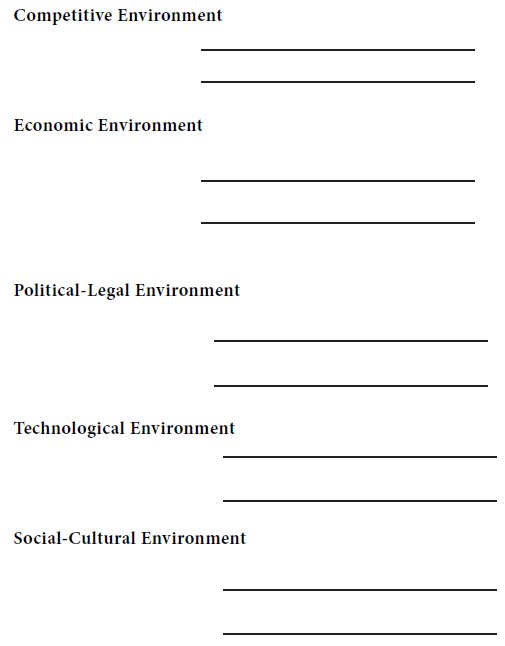MARKETING MANAGEMENT - Marketing Environment
The Social-Cultural Environment - Marketing Environment
Posted On :
The social-cultural environment of marketing describes the relationship between marketing and society and its culture.
The
Social-Cultural Environment
The social-cultural environment of marketing describes the relationship between marketing and society and its culture. Marketers must cultivate sensitivity to society’s changing values and to demographic shifts such as population growth and age distribution changes. These changing variables affect consumers’ reactions to different products and
It is estimated that over a billion Barbie dolls have been sold worldwide in over 150 countries, with Mattel claiming that three Barbie dolls are sold every second. Barbie dolls are made to fit into different cultures. Barbie wears saree and bridal costume of India to attract Indian girls. Fulla is marketed as an alternative to Barbie in Middle Eastern countries. Black Barbie and Hispanic Barbie were launched in 1980.
Changing social values have led to the consumerism movement which is a social force within the environment designed to aid and protect buyers by exerting legal, moral and economic pressures on business. Consumerism also advocates the rights of the consumers such as:
1. The right to choose freely – consumers should be able to choose among a range of goods and services
2. The right to be informed – consumers should have access to enough education and product information to make responsible buying decisions
3. The right to be heard – consumers should be able to express legitimate complaints to appropriate parties – be it manufacturers, sellers, consumer assistance groups and consumer courts.
4. The right to be safe – consumers should feel assured that the goods and services they purchase will not cause injuries in normal use. Product designs should allow average consumers to use them safely.
The social-cultural environment for marketing decisions at home and abroad is expanding in scope and importance. Today no marketer can initiate a strategic decision without taking into account the society’s
Activity 1.4.1
Choose an industry. Search from recent business news to look for examples of influences of competitors, economy, politics, law, technology, society and culture on marketing decision making.

The social-cultural environment of marketing describes the relationship between marketing and society and its culture. Marketers must cultivate sensitivity to society’s changing values and to demographic shifts such as population growth and age distribution changes. These changing variables affect consumers’ reactions to different products and
It is estimated that over a billion Barbie dolls have been sold worldwide in over 150 countries, with Mattel claiming that three Barbie dolls are sold every second. Barbie dolls are made to fit into different cultures. Barbie wears saree and bridal costume of India to attract Indian girls. Fulla is marketed as an alternative to Barbie in Middle Eastern countries. Black Barbie and Hispanic Barbie were launched in 1980.
Changing social values have led to the consumerism movement which is a social force within the environment designed to aid and protect buyers by exerting legal, moral and economic pressures on business. Consumerism also advocates the rights of the consumers such as:
1. The right to choose freely – consumers should be able to choose among a range of goods and services
2. The right to be informed – consumers should have access to enough education and product information to make responsible buying decisions
3. The right to be heard – consumers should be able to express legitimate complaints to appropriate parties – be it manufacturers, sellers, consumer assistance groups and consumer courts.
4. The right to be safe – consumers should feel assured that the goods and services they purchase will not cause injuries in normal use. Product designs should allow average consumers to use them safely.
The social-cultural environment for marketing decisions at home and abroad is expanding in scope and importance. Today no marketer can initiate a strategic decision without taking into account the society’s
Choose an industry. Search from recent business news to look for examples of influences of competitors, economy, politics, law, technology, society and culture on marketing decision making.

Tags : MARKETING MANAGEMENT - Marketing Environment
Last 30 days 518 views












